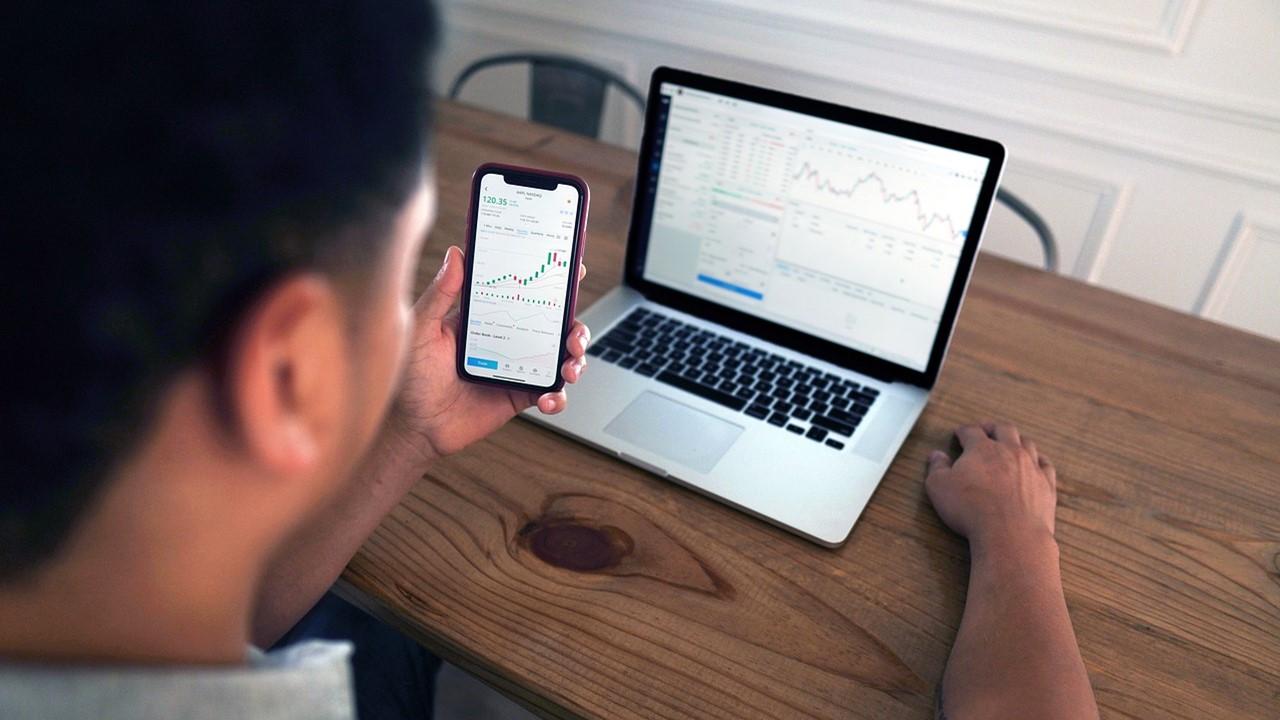High-Volume Versus Low-Volume Stocks, What Investors Prefer
Volume denotes how many shares are bought and sold over a certain period of time. What is a good average volume in stocks?
Jan. 12 2021, Published 2:37 p.m. ET

In stock markets, volume denotes how many shares are actually traded over a certain period of time. It includes every stock that's bought or sold. When a share is less active, its volume will be lower.
If you look at the volume leaders for a particular trading day, you will usually find Apple. On Jan. 8, Apple's trading volume was 104,965,400. NIO was even higher at 217,792,300. What is a good average volume in stocks?

Stocks with a high trading volume
The trading volume indicates the number of shares traded on a daily basis. It's a measure of the number of shares that are traded during a specified period. The volume of a stock indicates the market activity and liquidity of a given stock. You can determine the trading volume by calculating the total amount of shares traded. For example, if 100 NIO shares were bought, then sold, and then re-bought, the trading volume would be 300 shares even though the same 100 shares are being traded in the stock market.
It's good for a stock to have high volume if the stock price also appreciated because it will likely be a sustained move. Meanwhile, if a stock price is increasing on a low trading volume, it could mean a temporary recovery in the stock price.
Good average volume in stocks
Stocks can be classified as high volume or low volume depending on their trading activity. Low-volume stocks are thinly traded, while high-volume stocks trade often. There isn’t a clear dividing line between the two. However, investors should consider buying stocks that have a minimum dollar volume of about $25 million to ensure plenty of liquidity.
The dollar volume shouldn’t be confused with the average daily trading volume. The dollar volume is calculated by multiplying the average daily share volume by the share price. For example, a stock trading at $50 per share with an average volume of 500,000 has a dollar volume of $25 million.

What's a high-volume stock?
Investors are more interested in buying and selling high-volume shares, which generally results from a news event. High-volume stocks are usually less volatile. The stock is less likely to witness huge swings in stock prices on a trading day. High-volume stocks can reduce your risk factor because they are liquid. You can easily convert your investments into cash. High-volume stocks have narrow spreads between the ask price and the bid price.
What it means when a stock's volume is low
Low volume means that the stock is less liquid. Usually, these stocks aren't trading because few investors want them. The lack of liquidity makes low-volume stocks difficult to sell even though the share price appreciates. Low-volume stocks can lead to price manipulation and are attractive to scammers. As a result, investors should be cautious before buying low-volume stocks.
